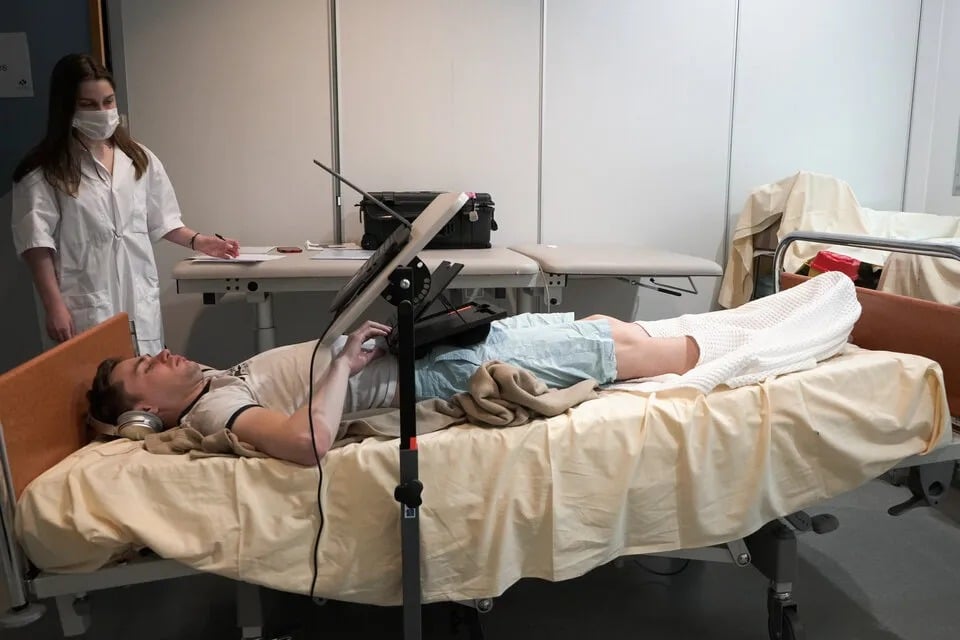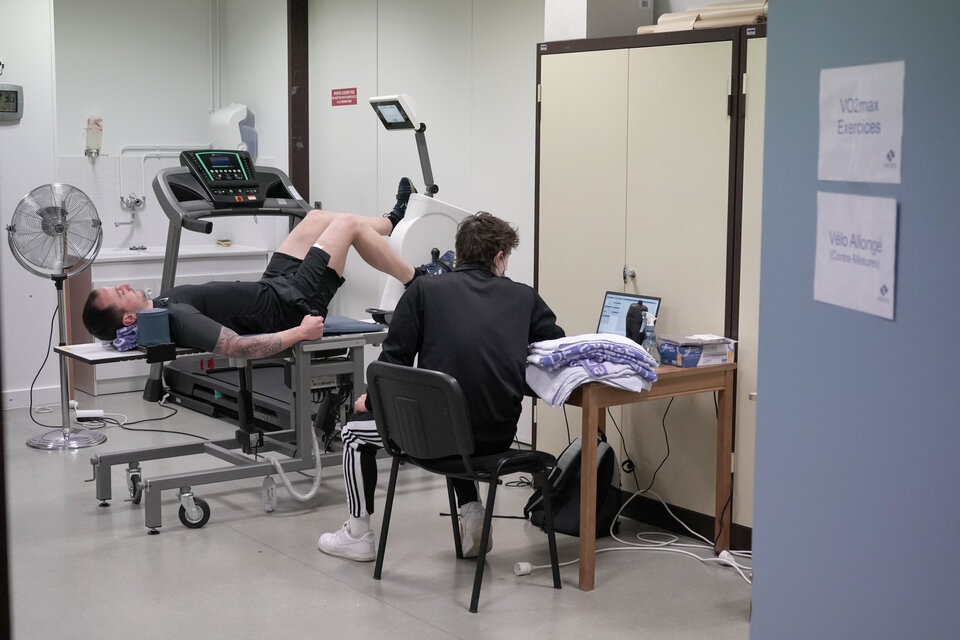
Exposure to microgravity can wreak havoc on the human body. Hence, before astronauts can embark on the long trip to the Moon or Mars, scientists need to find ways to mitigate the physical impacts of space travel.
In an effort to help them, 12 men, aged between 20 and 45, are currently spending 60 days lying in bed at a laboratory in France. They will each receive $18,300 for their efforts. The study, spearheaded by the European Space Agency (ESA), began in April 2023. It is designed to help scientists determine if cycling can help reduce the impact of space travel on the human body.

According to NASA, bed rest is an effective and economical way of mimicking the body's response to weightlessness. Many body changes during bedrest are similar to those encountered by astronauts in space. They include blood flow to the head, fluid shifts, and bone and muscle loss.
All participants are required to conduct daily activities, like eating, showering, and even going to the bathroom, with at least one shoulder touching the mattress. The beds are tilted at a 6-degree angle to allow the blood to flow away from volunteers' legs. This is similar to what astronauts experience in space.

The volunteers are divided into three groups, each comprising four individuals. The control group will spend the entire 60 days lying in bed. The second group will use a wall mounted cycle to exercise daily for 30 minutes. The third group will use a similar cycling machine while spinning around in a centrifuge. The device is meant to simulate artificial gravity.
The researchers say the study's outcome will also be beneficial to humans on Earth. "Results from space analogs can be useful to design better treatments for the elderly and for patients with musculoskeletal conditions and osteoporosis on Earth," said Dr. Van Ombergen, head of the ESA’s Human and Robotic Exploration branch.
Resources: ESA.int, nasaspaceflight.com
